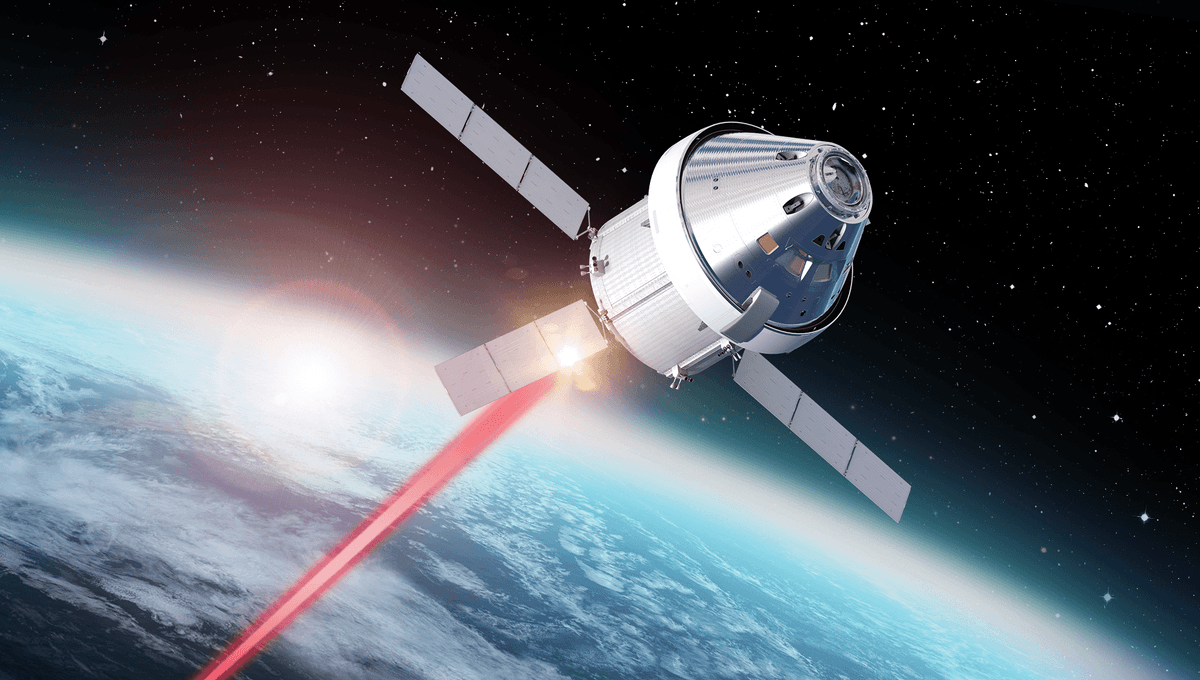
In a world where internet connection is crucial to our lives, having enough bandwidth is very important. And it’s important even if you are out of this world. Going beyond radio communications between Earth and Space is work that has been going on for decades and the next big leap will be the return to the Moon. When Artemis II launches next year, it will be using this new approach too.
Optical communication uses infrared lasers instead of radio waves. This massively increases the bandwidth so you can transfer more data in less time, due to the fact that the waves are a lot tighter. It is also less power-consuming. This is the rationale behind using the Orion Artemis II Optical Communications System (O2O) to communicate with the crew on the next big Moon mission.
“The idea is to have high-definition video transmissions to and from the Moon over laser links,” O2O Project Manager Steven Horowitz said in a previous statement. “If you recall the images from the Apollo mission, they were grainy and difficult to see, but O2O will allow Artemis astronauts to send videos and images significantly more vivid and detailed. This is an incredible advancement in technology.”
Obviously, we are excited to see the astronauts talking to us from the orbit of the Moon in high-definition but it is not just for vanity. The approach is crucial for faster data transmission so that procedures, flight plans, and mission-critical communications are sent without delays in the highest quality possible. And there is also the science data, including observations of the Moon, but also regarding the health of the astronauts and the status of the Orion capsule.
Artemis I exceeded expectations when it traveled in deep space last December but actually putting astronauts in there will be a bigger challenge. Fast communication between Earth and the craft is key. Optical communications are expected to become more and more popular, with even the possibility of using them to establish LunaNet, a satellite internet around the Moon. Curiously, the first time an optical satellite was successfully demonstrated was a mission from the European Space Agency also called Artemis back in 2001.
NASA’s Reid Wiseman, Victor Glover, record-breaking Christina Koch, and Canadian astronaut Jeremy Hansen are the four astronauts who will go on a lunar flyby no longer than 21 days. The launch is currently planned for November 2024.
Source Link: Laser Communication Will Link Artemis II As It Travels To The Moon